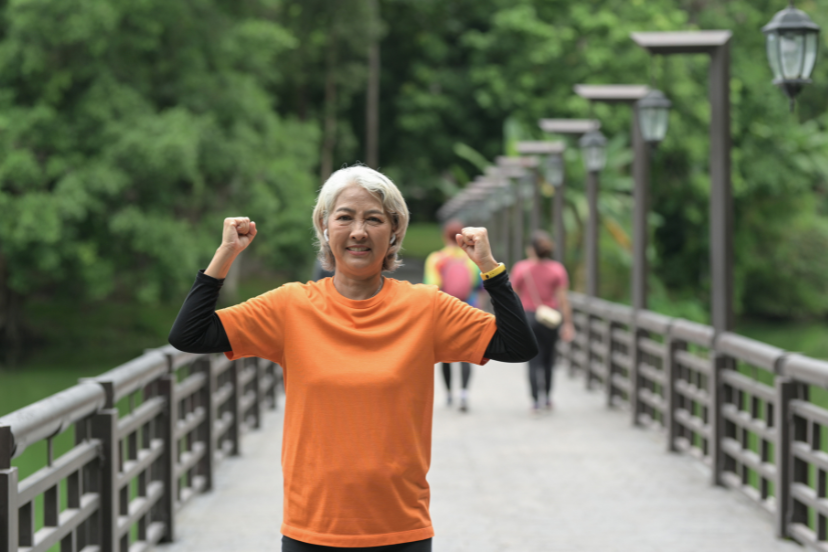Osteoporosis and Physical Activity: Building Bones Strong
Introduction
Welcome to our comprehensive guide on Osteoporosis and Physical Activity. In this article, we explore the powerful impact of exercise on bone health, offering insights into how staying active can help you build stronger bones and reduce the risk of osteoporosis-related fractures. Whether you’re curious about the best exercises for bone density or seeking practical tips to enhance your skeletal strength, you’ll find everything you need to know right here. Let’s dive in!
The Science Behind Osteoporosis and Physical Activity
Osteoporosis, characterized by weakened bones prone to fractures, is a condition that affects millions worldwide. Physical activity, ranging from weight-bearing exercises to resistance training, helps in several ways:
- Strengthening Bone Density: Regular exercise stimulates bone-forming cells, increasing bone density and reducing the risk of fractures.
- Improving Balance and Coordination: Certain activities enhance balance, reducing the likelihood of falls that can lead to fractures.
- Maintaining Muscle Strength: Strong muscles provide better support to bones, reducing strain and improving overall bone health.
Benefits of Exercise for Bone Health
- Weight-Bearing Exercises: Activities like walking, jogging, and dancing help bones stay strong by putting stress on them, prompting them to rebuild.
- Resistance Training: Lifting weights or using resistance bands strengthens muscles and bones simultaneously, crucial for preventing bone loss.
Osteoporosis and Physical Activity: FAQs
What types of exercises are best for preventing osteoporosis?
The best exercises include weight-bearing activities like walking, running, and aerobics, along with resistance training such as lifting weights or using resistance bands.
How often should I exercise to maintain bone health?
Experts recommend at least 150 minutes of moderate-intensity aerobic activity or 75 minutes of vigorous-intensity activity each week, along with muscle-strengthening exercises on two or more days a week.
Can physical activity reverse osteoporosis?
While exercise can’t reverse osteoporosis entirely, it can significantly slow down bone loss and reduce the risk of fractures.
Are there exercises to avoid if I have osteoporosis?
Those with osteoporosis should avoid high-impact activities that may increase the risk of fractures, such as jumping or vigorous dancing on hard surfaces.
Should older adults engage in physical activity?
Absolutely! Staying active is crucial for older adults to maintain bone strength, balance, and overall mobility.
How can I start an exercise routine if I’ve been sedentary?
Start slow and gradually increase intensity. Consider consulting with a healthcare provider to develop a safe and effective exercise plan.
Conclusion
In conclusion, Osteoporosis and Physical Activity are intimately linked, with exercise serving as a powerful tool in maintaining bone health and reducing the risk of fractures. By incorporating regular physical activity, you can build and preserve bone density, enhance muscle strength, and improve overall quality of life. Remember, it’s never too late to start reaping the benefits of a bone-friendly exercise routine.




